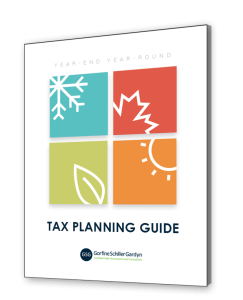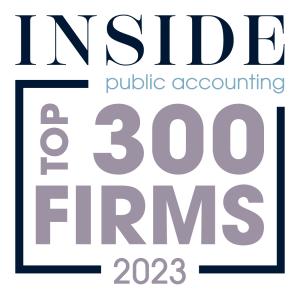The Senate approved the Paycheck Protection Program Flexibility Act of 2020 (The Act) in the evening of June 3, 2020. The Act, which is presently waiting to be signed by the President, will significantly alter many of the provisions of the Paycheck Protection Program (PPP).
Highlights from The Act (if signed into law by the President) are as follows:
- PPP loan recipients will now have a 24 week “covered period” or until December 31 to spend the loan proceeds instead of the 8 week “covered period” under the prior rules (recipients of the PPP loan prior to the enactment of the new law can elect to still use the 8 week period).
- PPP loan recipients will be able to participate in the deferral of payroll tax program that was previously disallowed under the prior rules.
- Maximum loan forgiveness can be achieved by using loan proceeds toward at least 60% of payroll expenses instead of 75% under the prior rules. However, if at least 60% of loan proceeds are NOT used toward payroll expenses then NONE of the loan will be forgiven.
- PPP funds can be used on up to 40% nonpayroll expenses (rent, mortgage interest, utilities, etc.) instead of the 25% under the prior rules.
- PPP loan recipients will now have 10 months from the last day of the covered period to apply for loan forgiveness instead of the 6 months provided under the prior rules.
- PPP loan proceeds that are not forgiven will now be repaid over 5 years (interest rate remains at 1%) instead of the 2 year period provided under the prior rules.
- PPP loan recipients will now have 24 weeks (through 12/31/2020) to restore their full-time equivalent employees to February 15, 2020 levels. Also, the bill adds the following exceptions to restoring the workforce:
- In good faith, PPP loan recipients can document the inability to rehire employees who were employed on February 15, 2020 OR certify to the inability to hire qualified employees for unfilled positions by December 31, 2020.
- In good faith, PPP loan recipients can document an inability to return to the same level of business activity as such business was operating at before February 15, 2020, due to compliance with requirements established or guidance issued by the Secretary of Health and Human Services, the Director of the Centers for Disease Control and Prevention, or the Occupational Safety and Health Administration during the period beginning on March 1, 2020, and ending December 31, 2020, related to the maintenance of standards for sanitation, social distancing, or any other worker or customer safety requirement related to COVID–19.
Please be sure to contact us with any questions or visit our COVID-19 Resource Center for additional guidance.
Categories: Tax, Tax Planning, Small Business, COVID-19 Resources




